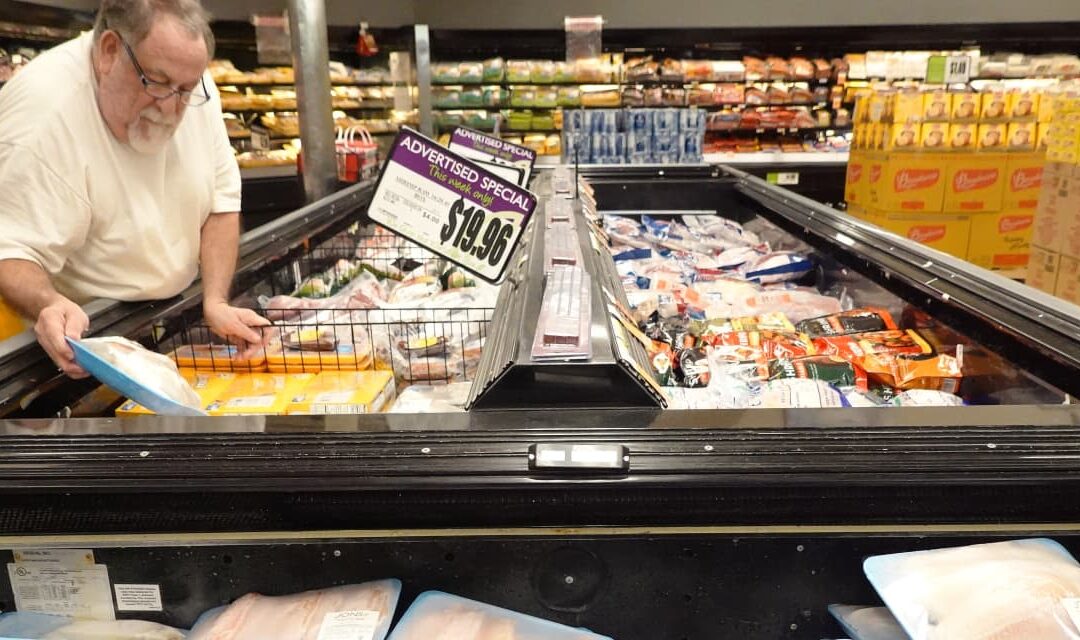The numbers: The cost of living rose a scant 0.1% in November thanks to lower oil prices, but another key measure of inflation showed somewhat higher costs of other goods and services such as rent and used cars.
Economists polled by the the Wall Street Journal had forecast a second straight flat reading in the consumer price index.
If food and gas are set aside, so-called core consumer prices rose a somewhat sharper 0.3% last month. The Federal Reserve views the core rate as a better predictor of future inflation trends.
The status-quo CPI report would appear to cement the view that the Fed will leave a key U.S. interest rate alone after the end of its last big meeting this year on Wednesday.
Most central bank officials think they have raised rates high enough to tame inflation and get it back down to pre-pandemic levels.
The annual rate of inflation slowed to 3.1% in November from 3.2% in the prior month, matching the lowest level since early 2021.
The core rate, which has been has been stuck near 4% for the past several months, was unchanged at 4.0%. That’s still twice as high as the Fed’s 2% goal.
Big picture: Inflation is slowing and could return to pre-pandemic levels in a year or two. But the Fed will remain on guard and keep interest rates high at least through the spring.
Higher borrowing costs temper inflation by reducing the demand for labor, goods and services, thereby slowing the economy.
Although high rates usually trigger a recession, the labor market and economy still appear strong enough to extend current expansion, especially if the Fed is done.
Market reaction: The Dow Jones Industrial Average
DJIA
and S&P 500
SPX
were set to rise in Tuesday trading. The yield on the 10-year Treasury note
BX:TMUBMUSD10Y
was little changed at 4.21%.








